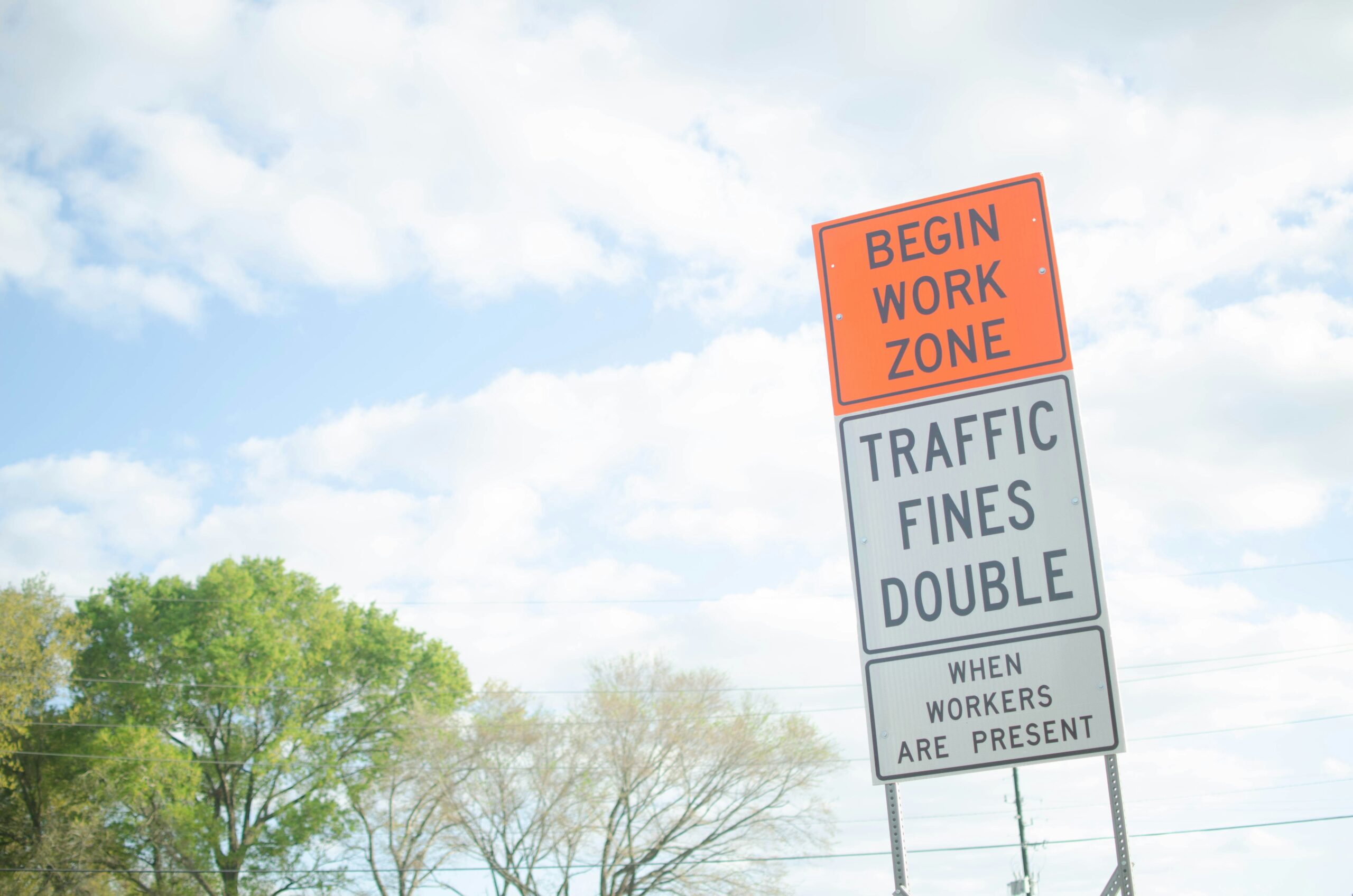Introduction
Organic traffic is the most sustainable and cost-effective way to grow your online presence. While paid ads can deliver fast results, organic strategies build long-term visibility and trust — without constant spending. In this article, you’ll learn how to create an organic traffic strategy that drives consistent visitors to your website and converts them into loyal followers or customers.
1. Understand What Organic Traffic Really Means
Organic traffic refers to visitors who land on your website through unpaid search results, social media, referrals, or direct visits. Unlike paid traffic, it grows over time and continues working long after you stop creating new content.
Main sources include:
- Google search (SEO)
- Social media shares
- Backlinks from other websites
- Word-of-mouth and branded search
- Email newsletters
The goal is to earn attention, not buy it.
2. Start with Clear, Specific Goals
Every strategy begins with knowing what success looks like.
Examples of organic goals:
- Increase monthly website visitors
- Rank in the top 3 for key search terms
- Build an email list
- Generate inbound leads or sales
Your content, promotion, and tracking should all align with these goals.
3. Know Your Audience Deeply
You can’t attract the right visitors without knowing who they are.
Create a simple audience profile:
- Who are they (age, profession, goals)?
- What problems do they need solved?
- Where do they spend time online?
- What keywords do they search for?
This informs your content, tone, and distribution channels.
4. Create a Content Strategy That Solves Real Problems
Content is the engine of organic traffic. But it must offer value — not just words.
Types of content that perform well:
- Blog posts that answer questions
- How-to guides and tutorials
- Case studies and success stories
- Opinion articles with insights
- Infographics and videos
Quality matters more than quantity — but consistency still wins.
5. Focus on SEO from the Start
SEO (Search Engine Optimization) is how your content gets discovered on Google.
Key SEO basics:
- Keyword research: Use tools like Ubersuggest or Ahrefs to find what people are searching for.
- On-page SEO: Optimize titles, headings, images, meta descriptions, and URLs.
- Internal linking: Link to your own related posts to improve site structure.
- Mobile-friendliness: Ensure your site works well on smartphones.
- Fast loading speed: Use tools like PageSpeed Insights to improve performance.
SEO takes time — but once you’re ranked, you’ll get traffic 24/7.
6. Repurpose and Distribute Content Across Platforms
Don’t just publish once and hope people find it. Promote actively.
Repurposing ideas:
- Turn a blog post into a YouTube video
- Share snippets on LinkedIn, Twitter, and Instagram
- Create an email series from your top articles
- Record a podcast episode based on a popular guide
Each piece of content can drive traffic from multiple sources.
7. Use Social Media to Amplify Reach (Organically)
Social media can still deliver strong organic reach — if done strategically.
Tips:
- Focus on 1–2 platforms where your audience is most active
- Post consistently with value, not just promotion
- Engage with followers and comment on others’ posts
- Use relevant hashtags and trending topics
- Share user-generated content or testimonials
Organic reach grows through engagement, not just posting.
8. Build Backlinks the Right Way
Backlinks (links from other websites to yours) are a strong signal to search engines.
How to earn backlinks:
- Guest post on relevant blogs
- Get mentioned in online directories or roundups
- Create “linkable” assets like ultimate guides or data reports
- Network with influencers in your industry
- Answer journalist requests (HARO)
Avoid shady link-building tactics. Focus on relevance and authority.
9. Grow and Nurture an Email List
Email is a powerful organic channel — it builds direct communication with your audience.
How to build your list:
- Offer a free lead magnet (checklist, template, ebook)
- Place opt-in forms in blog posts and sidebars
- Use pop-ups or slide-ins (but not too aggressive)
- Send consistent, valuable newsletters
Email traffic converts well and isn’t affected by algorithm changes.
10. Track, Learn, and Improve
Use analytics to understand what’s working and where to improve.
Track:
- Most visited pages
- Bounce rate and time on site
- Which sources bring the most traffic
- What content leads to conversions
Use free tools like Google Analytics, Search Console, and Hotjar to gain insights.
Conclusion: Organic Traffic Is a Long-Term Asset
Unlike paid ads, organic traffic builds momentum. Every blog post, share, or backlink you earn adds to your foundation. With consistency, strategy, and patience, you’ll create a self-sustaining flow of visitors who know, trust, and engage with your brand.
The best time to start building your organic strategy? Today.



